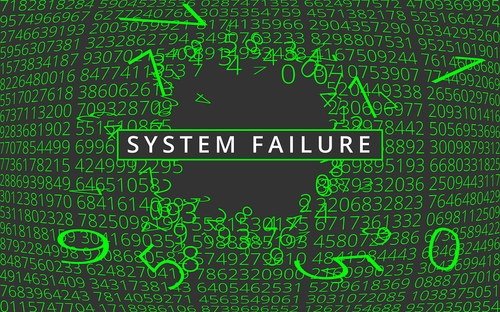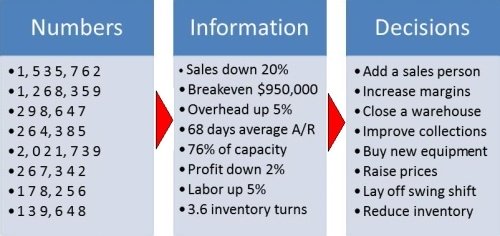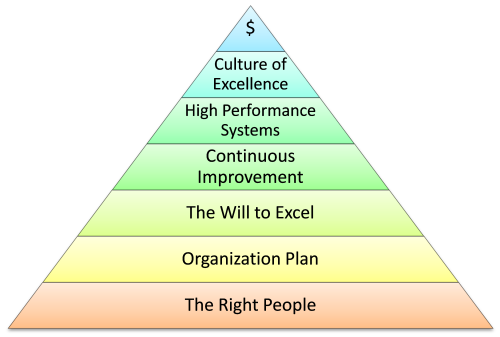Many business owners and managers use the word “system” from time to time, but don’t really understand its full implication. Of those business owners who do understand their importance, very few get around to implementing effective business systems in their organization. Why is that? Let’s dispel five myths that might be holding you back.

- Systems are for larger companies – It is true that many big companies use system improvement methodologies like Six Sigma, Lean Thinking, the Theory of Constraints, and others. The application of these techniques enables them to be more responsive to customers and more profitable. However, true principles apply to organizations of every size. Your business can profit in the same way by using many of these powerful system-building strategies to cut costs and improve the customer experience.
- Systems cost too much money and take too much time – Developing business systems and processes do require a front-end cost and time commitment. However, the cost is much less than the waste and rework that result from not having good systems. Building effective systems is the best use of your time and money, and the most important business activity you can be engaged in. Good operational systems pay for themselves many times over!
- The primary purpose of systems is to be better organized – Becoming organized, and doing things in a “systematic” way is always good and will improve any business. However, the real power of systems is taking waste out of the business—eliminating defects and delay—by improving system quality and efficiency. Building good business systems is a learned skill that transcends just getting organized. It is the Master Skill of the entrepreneur and one of the most important business talents you can develop!
- “My company runs smoothly; I don’t have much waste” – While many successful companies run reasonably well, most business owners do not see hidden waste and fail to recognize many opportunities for improvement. Owners and managers often “don’t know what they don’t know.” Once you begin to see your business as a Systems Thinker, previously unseen opportunities become crystal clear. You will discover many new ways to remove waste and inefficiencies, please customers, and put more money in your pocket!
- Systems are for production and manufacturing processes – We’ve all seen the hum of systems in a manufacturing operation; we don’t as often think about systems in the office or the retail store. However, your business—whatever type—consists entirely of systems and processes—lead generation, hiring, accounting, customer care, purchasing, and the list goes on. Principles of quality, efficiency, and measurement apply as much to the office as they do to a production line. Every business system is subject to the principles that govern success. Learn those principles and your organization can immediately achieve higher levels of performance.
Best Medicine for a Sick Economy
Some people believe that systems are a good thing, but not necessarily essential—WRONG! Effective business systems are vital to every organization! They will dramatically improve your customer loyalty, profitability, and growth, especially during a sluggish economy.
Don’t just work in your business. Start working on your business (Michael Gerber, E-Myth Revisited). In my humble opinion, the best tool for this task is Box Theory™ Software.
Whether you want to start, grow, fix, or franchise your business, creating effective business systems and processes is the only way to do it right.
















